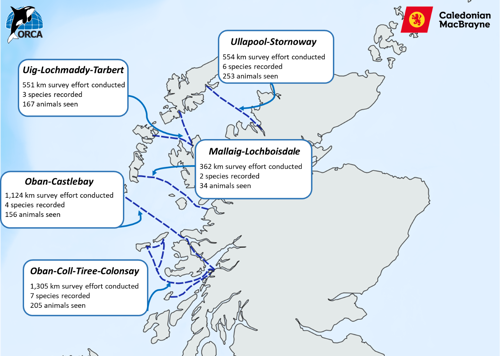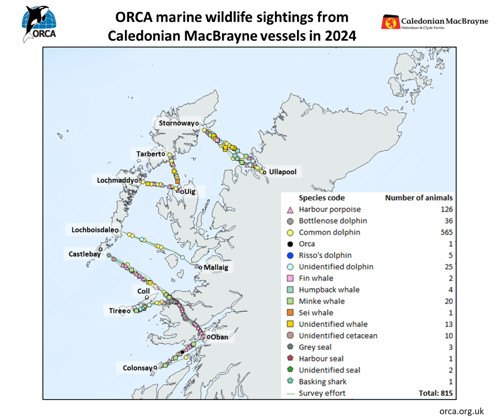Latest updates
We’re excited to share the details of our various programmes, outreach and initiatives through our environmental blog.
Check out our other blog posts29 January 2025

ORCA Ocean Conservationists, have had a brilliant survey season travelling on our ferry network during 2024.


You can find out more about how you can get involved with ORCA on its website.

We’re excited to share the details of our various programmes, outreach and initiatives through our environmental blog.
Check out our other blog posts